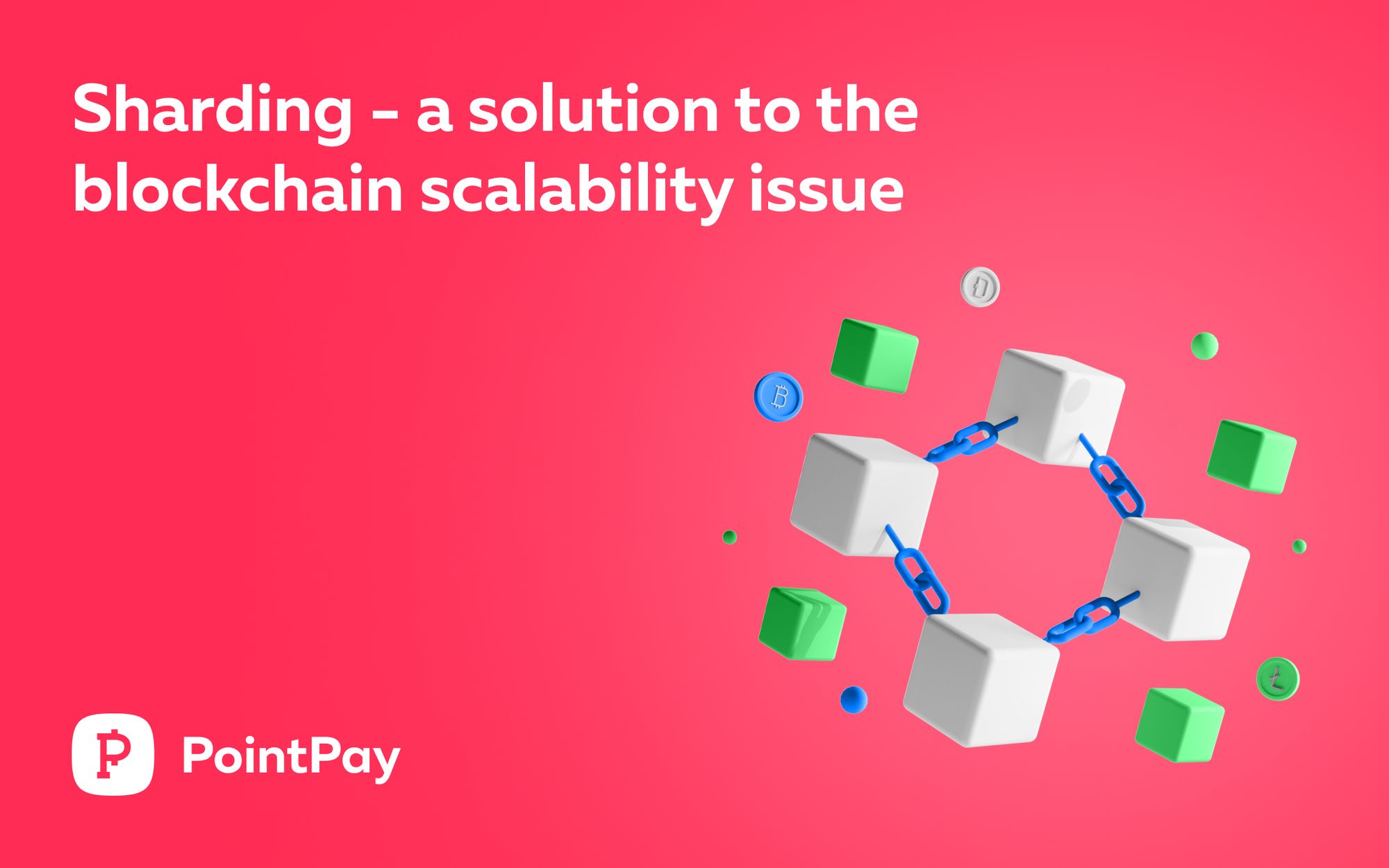Crypto Sharding came up with the development of ways to make blockchain transactions more scalable. It has been one of the major obstacles to the broader adoption of blockchain technology in different sectors.
Sharding is a database subdivision technique used by blockchain companies to increase their scalability. This allows them to process more transactions per second, making the network efficient enough for real-world use. Let’s discuss further and understand the benefits it can bring to the blockchain.
How does Sharding work?
As mentioned above, sharding splits a blockchain company's entire network into smaller partitions. These subdivisions are known as "shards." Each shard contains its own data, making it distinct and independent from other shards.
Splitting a database horizontally to spread the load is a common concept in computer science and was brought to blockchain technology to improve data scalability. In the sharding strategy, each partition is a separate data store and holds a subset of information. One shard stands out as unique and independent of other shards. In the case of blockchain, breaking the data table into smaller pieces can enable reductions in latency and prevent data overload. In simple words, you can explain sharding as the process of scaling applications to empower them to support more data.
Source: Edge Intelligence website. Blockchain sharding vs. non-sharding
The workflow of sharding is relatively simple. Let’s take a real-life example.
Image a road you usually take to work every day, taking 10-15 minutes to get there. At some point, due to different events, the road becomes very busy, and it starts to take you 45 minutes to get to work. On a small scale, the road works very well, but when the traffic starts to grow, and many cars join the same road, it becomes congested and slows down.
This happens on the blockchain when many transactions take place daily. Things start to slow down and become expensive. Sharding can add another lane of data flow and split the huge data table into shards. This makes a transaction to be done faster and more efficient.
Why is Sharding Important?
As the scope for blockchain applications continues to rise, scalability inevitably becomes a priority. A growing number of people are transacting on the blockchain, making it increasingly congested. Furthermore, the industrial sectors wishing to adopt blockchain have also expanded.
Because of this, sharding has grown significantly in importance.
A sharded blockchain is:
- Scalable: It can process far more transactions than a single node. Each node in a blockchain network is responsible for processing or managing the entire volume of transactions inside the network.
- Decentralized: The information contained in a shard can still be shared among other nodes. Therefore, everyone can still see all the ledger entries. This means that sharding keeps the ledger decentralized and secure.
- Secure: An attacker can't target a small part of the system with limited resources.
The Ethereum Use Case
Ethereum aims to serve as a platform for running, managing, and expanding the use cases of dApps across various sectors. Therefore, Ethereum needs the capability and resources for processing and storing massive volumes of data within its ecosystem.
The project began exploring how to increase performance after the blockchain reached more than one million daily transactions. Ethereum settled on two proposed fixes. One was a "layer 2" mechanism – processing transactions off-chain in a standard database and only permanently recording entries on the ledger. The other solution was sharding, allowing many more transactions to be processed in parallel simultaneously.
Sharding presents Ethereum with an opportunity to devise a workable solution to the scalability issue. It plans to roll out 64 new shard chains after the upgrade of the proof of stake consensus. The logic for keeping shards secure and synced up is all integrated into the Ethereum clients that build the blockchain. Stakers in the network will be assigned to shards to work on. Shards will have access to snapshots of other shards so they can build a view of Ethereum’s state to keep everything up-to-date.
The practical example of sharding, such as the Ethereum Beacon Chain, presents a solid case for the growth of sharding projects in the future.
Source: Vitalik Buterin's website. A sharded version of Ethereum.
Note that sharding is simply database splitting, allowing for quicker input, output, and throughput. The data is not changed; it is still in a table, but the tables are split up to alleviate congestion and facilitate movement.
Along with addressing scalability, sharding arguably also maintains the native security of a blockchain because it retains most of its desired decentralization and security properties. With an even more scalable blockchain, other industries are more likely to adopt emerging technology!
🔥 Buy PXP tokens on Bittrex: https://bit.ly/32VWsci
🔥 Buy PXP tokens on Bitrue: https://bit.ly/3JEreHu
🔥 Buy PXP tokens on BitHumb: https://bit.ly/3qOK6e9
🔥 Buy PXP tokens on WhiteBIT: https://bit.ly/3qJrjRH
🔥 Buy PXP tokens on CoinTiger: https://bit.ly/3pnv6ny
💰 Earn up to 10% yearly with PXP staking program in PointPay Bank: https://bank.pointpay.io/staking
💡 Check PointPay Live-Roadmap (PointPay development in real-time): https://pointpay.io/live-roadmap/
🏦 Remember, we are PointPay, and we are beyond banking!
